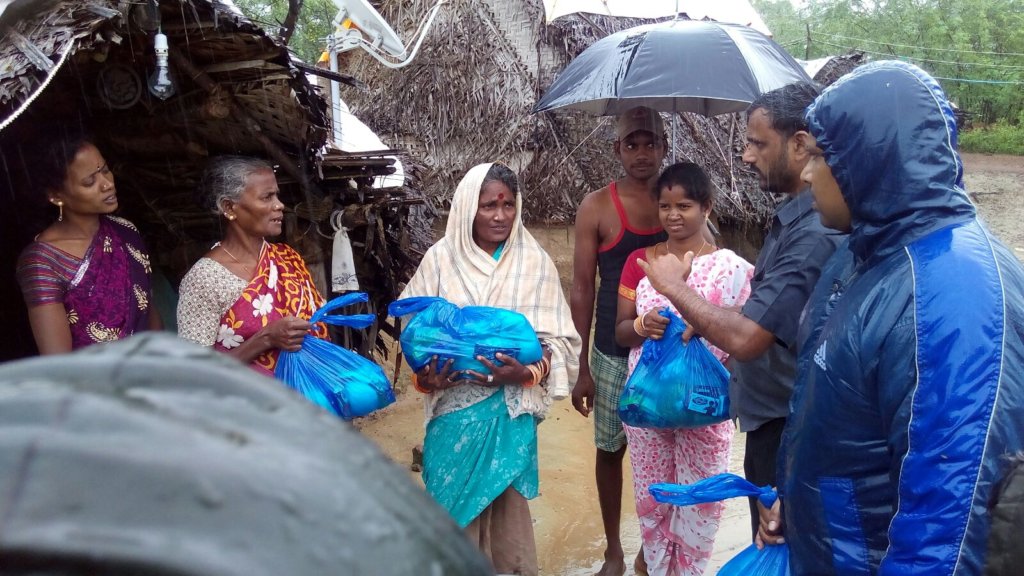Chennai Possible Flood Risk 2025 Raises Fresh Concerns Amid Poor Drainage
Chennai Possible Flood Risk 2025 has become a growing concern for residents, authorities, and climate experts alike. With back-to-back downpours turning city streets into rivers and urban areas submerged in waist-deep water, the reality of this recurring threat is no longer avoidable. Heavy rains in 2025 have triggered flash floods more frequently than in recent years, putting the spotlight on both climate change and man-made urban failings.
Chennai Possible Flood Risk 2025 Linked to Drainage Failures and Vanishing Wetlands
In the last four months alone, Chennai witnessed at least four major flooding events. Localities such as T. Nagar, Velachery, Anna Nagar, and even newer suburbs like Sholinganallur were impacted. In some parts, over 200 mm of rain fell within a single day far beyond what the aging stormwater infrastructure can handle. The consequences have been devastating: property loss, damaged roads, traffic chaos, and health hazards caused by stagnant, polluted water.

Experts believe that the root cause of Chennai Possible Flood Risk 2025 lies not just in increasing rainfall, but in outdated and poorly managed infrastructure. Much of the city’s drainage system was laid out more than five decades ago. Today, these drains are either clogged with plastic and sediment or disconnected from outflow points. In many areas, drains built after the catastrophic 2015 floods are already malfunctioning due to poor quality construction and blocked outlets.
Urban development has only made things worse. Over the past 30 years, Chennai has lost more than 60% of its wetlands. Water bodies like Pallikaranai marsh and Porur Lake, once natural flood sinks, have shrunk dramatically due to real estate expansion. The city’s green cover has also declined by nearly one-third in core urban areas, reducing the natural absorption of rainwater into the ground. Also Read: Salt Lake Sector V Severely Grapples with Severe Waterlogging After Heavy Rains
Even with over ₹4,000 crore invested in stormwater drain upgrades in the past five years, the results have been underwhelming. Desilting operations are often irregular or poorly executed. Encroachments on canal paths continue unchecked. As a result, the very infrastructure meant to protect the city is now failing during critical hours.
Here’s a quick look at zone-wise drainage conditions and how they relate to Chennai Possible Flood Risk 2025:
- T. Nagar: Partial drain upgrades done, but waterlogging still persistent after major rains.
- North Chennai: Severely clogged networks with little to no maintenance.
- Velachery: Newly built drains choked with debris, resulting in 36-hour stagnation post-rainfall.
- Tambaram: Incomplete drainage network, leaving moderate flood threats.
- Anna Nagar: Older but functional drains offer some relief.
Chennai Possible Flood Risk 2025 Demands Urgent Citywide Planning Action
Climate change plays a supporting role. Meteorologists confirm that the intensity of rainfall events along coastal Tamil Nadu has risen sharply in recent years. However, what makes Chennai Possible Flood Risk 2025 unique is the interplay of natural and man-made problems. Where well-drained cities can recover quickly, Chennai’s structural shortcomings amplify the damage.

Some hope does exist. Urban designers and climate planners recommend immediate solutions that could bring long-term relief. These include repairing and desilting existing drains before building new ones, evicting encroachments on waterways, reviving urban wetlands, and pushing for effective rainwater harvesting.
Innovative efforts have begun in areas like Sholinganallur, where porous pavements and bio-swales (green channels that absorb stormwater) are being tested. But until these methods are adopted across the city, the gains will be limited.
Conclusion:
The reality of Chennai Possible Flood Risk 2025 is undeniable. While nature’s wrath may be beyond control, poor planning, unregulated urbanization, and neglect are entirely within human hands. If meaningful changes are not made soon, each monsoon could bring with it another round of avoidable disasters for the city.

